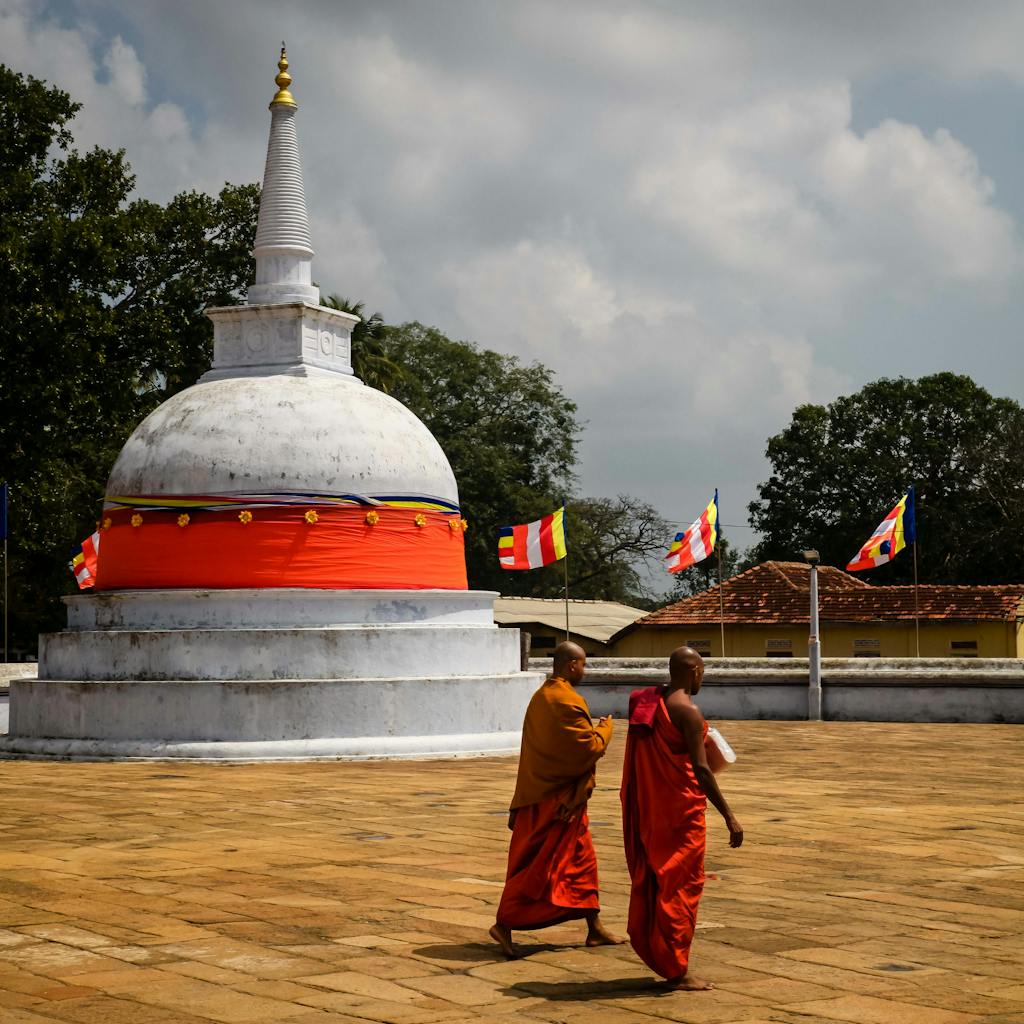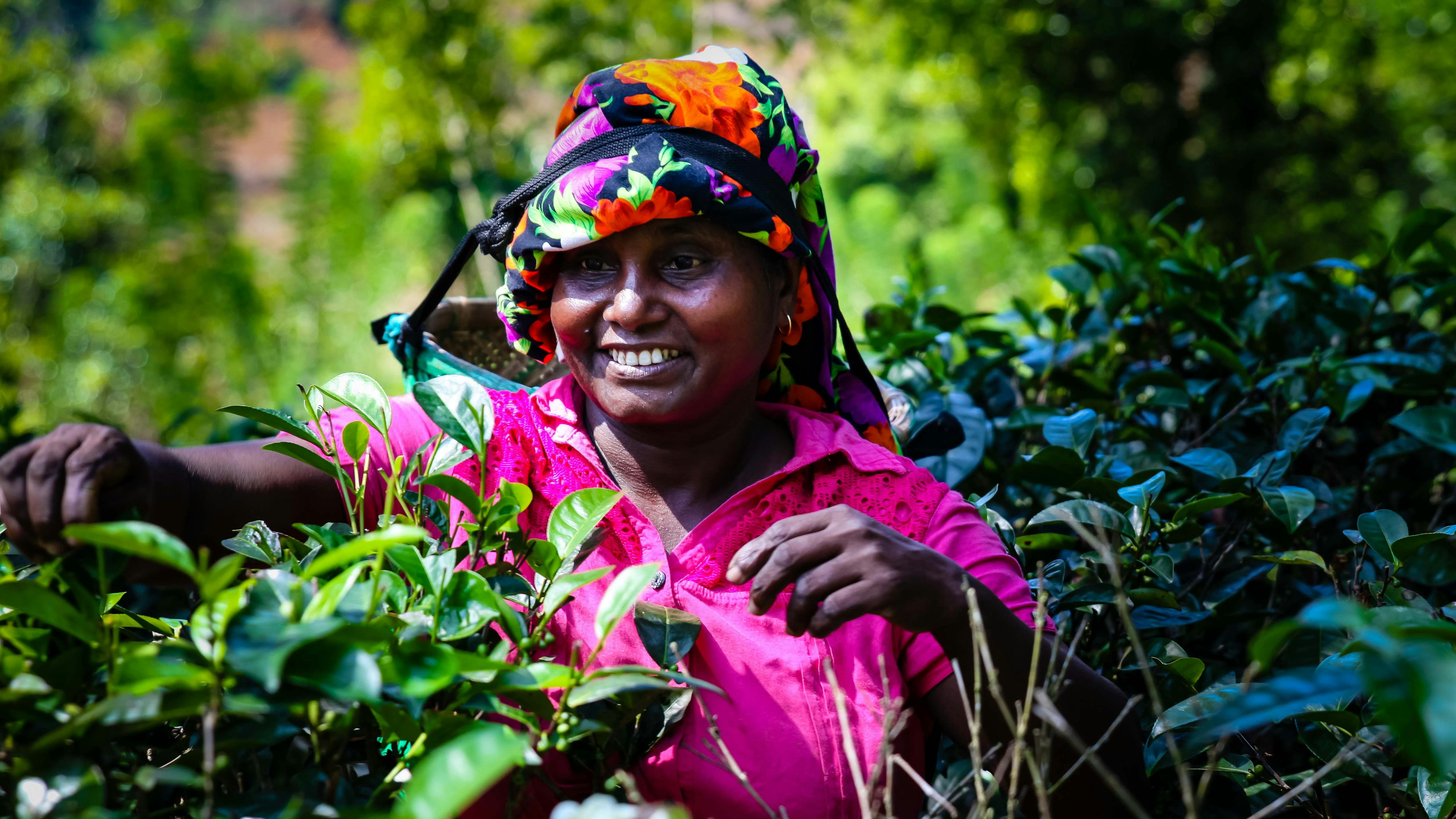Circumnavigating the Bay of Bengal for Tea, Nature and Much More in Sri Lanka
A few years ago, I was fortunate to travel with Silversea as a lecturer and natural history guide on an expedition voyage that essentially circumnavigated the Bay of Bengal clockwise. To this day, it is one of the most memorable travel adventures of my life.

We began in Sri Lanka, sailed north to India and continued clockwise spending time in Bangladesh, Myanmar, Thailand and Indonesia before I disembarked in Bali. We spent some time on the tropical Andaman Islands. Although each country has its own cultural identity, within each country there is much diversity as well. Of all the places we visited during that voyage, Sri Lanka stands out for many reasons.
Because of its size and geographical proximity, India often overshadows Sri Lanka in the collective imagination. If you’ve spent time in India, you’ve probably experienced one of its hallmark characteristics: its diversity. Sri Lanka shares this quality. When you spend time there, especially on a Silversea voyage, whether a Classic or Expedition, you get much more of the flavor of the unique culture, beautiful landscape and history of this enthralling country.
You begin to dig deeper, beneath the superficial, and start to experience the country and its diversity. The variety in the natural, spiritual and cultural history of Sri Lanka weaves its way through majestic landscapes and the busy cities and in and around the people.
Tea time in Sri Lanka
I was like a child in a candy store when I began the research for my expedition. Perhaps when you sit down to do that exploratory research on what to do in Sri Lanka, you’ll have a nice, warm cup of tea, perhaps Ceylon tea. That might be your first connection to Sri Lanka, which was known as Ceylon until 1972.

In 1824, the British brought the first tea plant from China to Ceylon. It was planted in the Royal Botanic Gardens Peradiniya near Kandy and is considered the first noncommercial tea crop grown in the country. From this humble start, Sri Lanka has become one of the largest tea producers in the world, employing more than 1 million Sri Lankans directly or indirectly and producing on average more than 300 million kilos (about 660 pounds) annually.
The tea plantation we visited is almost 100 miles south of Kandy, near the village of Akuressa. It was the only organic tea plantation in southern Sri Lanka. Hearing about the production of tea from the head planter, seeing the operation and being able to interact with the local women picking the tea was fascinating. When I say “interact,” what I really mean is that the eye contact we made and the smiles we exchanged. It was one of those intimate connections that transcends words. Very sincere and heartfelt.
Then, of course, we had the opportunity to partake in a tea tasting session. As the head planter explained the subtle nuances of the various teas, I thought, “Wow, I had no idea!” It wasn’t just the subtleties. It was more about how much went into putting the tea in my cup on my table. From the women on the plantation hand-picking the tea to the process of sorting through the leaves and eventually drying the leaves, much more was involved than I could have imagined. Seeing the process from start to finish was educational and inspiring. Knowing what I know now, I definitely do not take anything for granted every time I enjoy a cup of tea.
Climate plays a big role in Sri Lanka’s tea production. The central highlands have the cool temperatures, a sufficient amount of rainfall and the appropriate humidity to favor tea production. These conditions also favor incredible forested landscapes and the beautiful birds that inhabit these lush landscapes. While touring the plantation, I spotted some jewels of the forest, including the purple-rumped sunbird, the Loten’s sunbird, and the small minivet. I guess I’ll have to return for the white-browed fantail and some other Sri Lankan specialties.
The great outdoors
Although there are more than 150,000 hectares of tea plantation on the island, the Departments of Forest Conservation and Wildlife Conservation watch over more than 1.7 million hectares of National Protected Areas. In all, more than 25 percent of the total land area in Sri Lanka is protected. This is more than many other countries, and it’s inspiring to think about what is possible regarding ecosystem preservation and how Sri Lanka can be a role model.
Part of Yala National Park is managed as a “strict nature reserve.” Such areas are created and managed mainly for research or to protect large, untouched areas of wilderness. Use and visitation are strictly controlled. When such an area is combined with a national park, which does allow visitation, the opportunity to experience a wild landscape and its inhabitants is remarkable.
We made the most of this opportunity when we loaded into 4×4 Safari Jeeps to explore the wilderness of this incredible national park. As an ecologist by training and a naturalist and photographer by passion, I found this excursion was one of the most amazing experiences of the entire voyage.

Yala has the world’s largest concentration of leopards. Although we didn’t see a leopard, the excitement and energy of the search was palpable. I was not disappointed, though, because we saw several of the other 43 mammals that occur in the park, including sambars and spotted deer.
If you’re a keen birder, as I am, one of the 215 bird species in this area is the wild peacock. When was the last time (or first) you ever saw a peacock in the wild? Besides the crocodiles and other wildlife we observed on our safari through Yala National Park, the close-up view of the bee-eater stood out. It looked like an artist went to town with her palette and lavishly decorated this creature in bright reds, yellows, greens and blues.
Spiritual Sri Lanka
Sri Lanka also boasts an amazing lineage of spirituality. Of the four main religions in Sri Lanka — Buddhism, Hinduism, Islam and Christianity — Buddhism is practiced by about 70 percent of the population. In fact, it’s been the “official religion” of Sri Lanka since 200 B.C., well before “Sri Lanka” was known as Sri Lanka.

The lineage of these teachings thrives in the Sacred City of Anuradhapura. It was established when a cutting from the “tree of enlightenment,” the Buddha’s fig tree, was brought to the site in the 3rd century B.C. Anuradhapura flourished for 1,300 years, but was abandoned for many centuries after an invasion in 993. Apparently, the local population remained aware of the ruins, hidden in dense jungle for many years. Excavation beginning in the 1880s once again made this incredible historic site, with its palaces, monasteries and monuments, accessible again.
As a practicing Buddhist, I found this to be another special destination on the voyage. There are numerous holy pilgrimage sites on this planet, many in Asia and several in Sri Lanka. Anuradhapura was once a major center for early Buddhism and home to revered Buddhist philosophers. I was able to view incredible works of art, including depictions of Avalokiteshvara, the Bodhisattva of Mercy and Compassion. Seeing this particular depiction holds a special place in my heart because His Holiness the 14th Dalai Lama is considered to have been reincarnated over generations and historically has been venerated as an embodiment of Avalokiteshvara.
As I stood in front of this artwork, thinking about his promotion of world peace and his nonviolent work against oppression of the Tibetans, I again felt the inspiration of the Buddhist teachings and my aspiration to implement these teachings to develop to be the best possible version of myself.
I left Anuradhapura feeling enriched for having had the opportunity to experience and learn about such an important place in the context of religious history of Sri Lanka, in general, and Buddhism specifically. Seeing practitioners circumambulate stupas and make offerings and being able to explore the Sacred City touched my heart.

With so much to see, learn about and experience in Sri Lanka, I just scratched the surface on my journey around the Bay of Bengal. For me, it was beautiful, inspiring, engaging, educational…and more. So how would I rate my experience in Sri Lanka? I wouldn’t trade it for all the tea in China.
